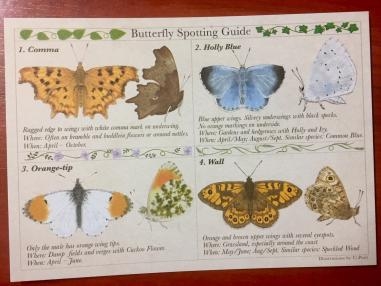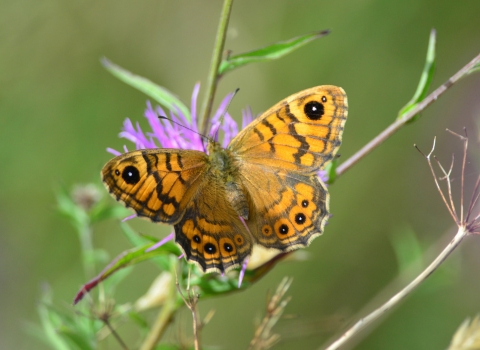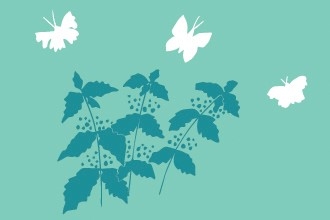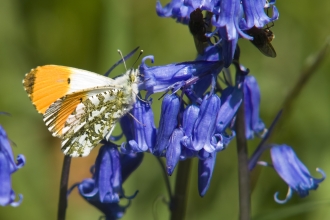Our butterflies
Manx Wildlife Trust is keen to find out what is happening to our butterfly populations; are the numbers of some species growing and others declining?
This butterfly information will aid us because
-
They are extremely valuable indicators of the state of the environment, they help us monitor biodiversity. If their numbers decrease it tells us about the presence of their larval plants.
-
They are highly sensitive indicators of the health of the environment and play crucial roles in the food chain as well as being pollinators of plants.
-
Warming temperatures have been shown to have both positive and negative effects on populations of British butterflies. Species at the northern limit of their ranges have been able to expand their ranges, moving northwards throughout the UK. Species such as Orange-tip and Peacock have become common in Scotland as the climate has become suitable.
-
Migrant species have also increased in number in response to recent warming. Red admiral in particular are now regularly over-wintered in the UK to produce resident populations due to increasingly favourable conditions.
-
Habitat loss is the biggest reason for overall reduction in butterfly numbers and overrides any positive effect on their numbers from global warming and spreading of their population. By recording butterflies, we will begin to understand about the numbers of their larval foodplants and also the effect of global warming on the ranges of our Manx butterflies. How can you help?
Get started
We would love to see reports of any butterflies which you see; on Island we have 19 species to look out for!
You can either report your sightings on the form below or come into our shop and take one of our beautifully illustrated postcards of 4 species we would like you to focus on. These illustrations and descriptions will help you to be confident in your identification. Remember if you can submit photographs that’s even better, especially of the butterfly with it’s wings open and upright in the resting position as well.

So why choose those particular species of butterflies?
We wanted 4 which would be easily identifiable to iron out misidentification and to help you grow in confidence as a wildlife spotter!
- Orange tip - The most easily identified white butterfly. It feeds on ladies’ smock so we can also monitor this plant. It is one of the butterfly species which is moving Northwards as the climate warms so it will be good to see how the numbers change on Island.
- Holly blue - Again it’s the most easily identified blue butterfly and is a frequent visitor to gardens (So most likely to be seen). This species is renowned for its numbers fluctuating; its population forms a predictable cycle over a few years which is believed to be caused by parasitism from the wasp Listrodomus nycthemerus whose sole host is the Holly Blue. As it is moving Northwards and we are on the edge of its range, the Manx numbers are significant.
- Comma - Once widespread over most of the UK but by the middle of the 1800s had suffered a severe decline. It is thought that the decline may have been due to a reduction in Hop farming, a key larval foodplant at the time. Since the 1960s this butterfly has made a spectacular comeback, with a preference for Common Nettle as the larval foodplant. It seems to be increasing in numbers on the Island and we would like firmer data on it and also when it emerges out of hibernation.
- The wall - It is found around the coasts and extends as far north as southern Scotland. Over the last decade it has declined substantially in many inland areas of the UK. This may be because climate change is creating a “lost generation” according to research by Belgian scientists in recent years. Instead of the offspring of the wall butterflies found flying in July and August spending winter as a caterpillar before emerging as a butterfly the following year, warm conditions encourage the caterpillars to quickly turn into a butterfly by September and October. At this time of year, it is often too cold and there are no suitable larval food plants. So, the autumn butterflies are a lost generation, leaving no caterpillars that can survive to become butterflies the following spring. It would be good to see what is happening to our Island population.
Here are all 19 of the butterfly species found in the Isle of Man:
Large white
Small white
Clouded yellow
Common blue
Green veined white
Orange tip
Holly blue
Small copper
Red admiral
Painted lady
Small tortoiseshell
Peacock
Comma
Dark green fritillary
Small heath
Meadow brown
Grayling
Wall brown
Speckled wood



